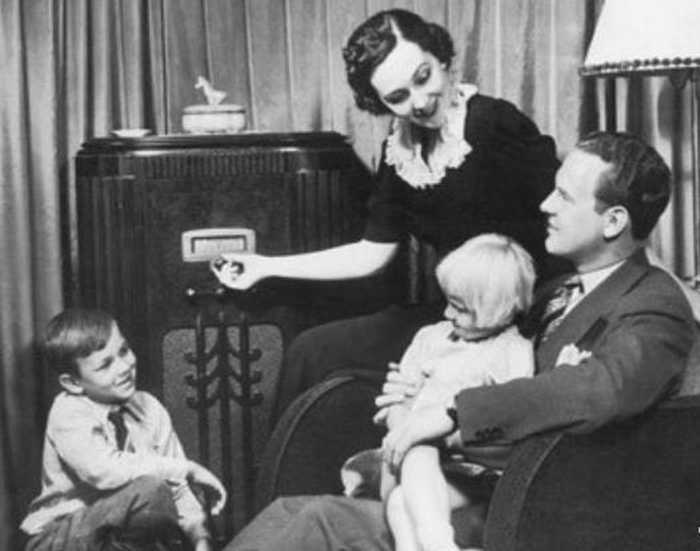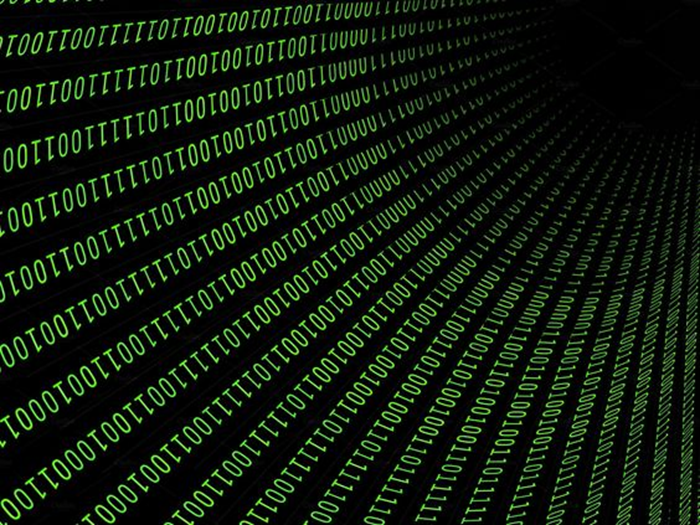Products Category
- FM Transmitter
- 0-50w 50w-1000w 2kw-10kw 10kw+
- TV Transmitter
- 0-50w 50-1kw 2kw-10kw
- FM Antenna
- TV Antenna
- Antenna Accessory
- Cable Connector Power Splitter Dummy Load
- RF Transistor
- Power Supply
- Audio Equipments
- DTV Front End Equipment
- Link System
- STL system Microwave Link system
- FM Radio
- Power Meter
- Other Products
- Special for Coronavirus
Products Tags
Fmuser Sites
- es.fmuser.net
- it.fmuser.net
- fr.fmuser.net
- de.fmuser.net
- af.fmuser.net ->Afrikaans
- sq.fmuser.net ->Albanian
- ar.fmuser.net ->Arabic
- hy.fmuser.net ->Armenian
- az.fmuser.net ->Azerbaijani
- eu.fmuser.net ->Basque
- be.fmuser.net ->Belarusian
- bg.fmuser.net ->Bulgarian
- ca.fmuser.net ->Catalan
- zh-CN.fmuser.net ->Chinese (Simplified)
- zh-TW.fmuser.net ->Chinese (Traditional)
- hr.fmuser.net ->Croatian
- cs.fmuser.net ->Czech
- da.fmuser.net ->Danish
- nl.fmuser.net ->Dutch
- et.fmuser.net ->Estonian
- tl.fmuser.net ->Filipino
- fi.fmuser.net ->Finnish
- fr.fmuser.net ->French
- gl.fmuser.net ->Galician
- ka.fmuser.net ->Georgian
- de.fmuser.net ->German
- el.fmuser.net ->Greek
- ht.fmuser.net ->Haitian Creole
- iw.fmuser.net ->Hebrew
- hi.fmuser.net ->Hindi
- hu.fmuser.net ->Hungarian
- is.fmuser.net ->Icelandic
- id.fmuser.net ->Indonesian
- ga.fmuser.net ->Irish
- it.fmuser.net ->Italian
- ja.fmuser.net ->Japanese
- ko.fmuser.net ->Korean
- lv.fmuser.net ->Latvian
- lt.fmuser.net ->Lithuanian
- mk.fmuser.net ->Macedonian
- ms.fmuser.net ->Malay
- mt.fmuser.net ->Maltese
- no.fmuser.net ->Norwegian
- fa.fmuser.net ->Persian
- pl.fmuser.net ->Polish
- pt.fmuser.net ->Portuguese
- ro.fmuser.net ->Romanian
- ru.fmuser.net ->Russian
- sr.fmuser.net ->Serbian
- sk.fmuser.net ->Slovak
- sl.fmuser.net ->Slovenian
- es.fmuser.net ->Spanish
- sw.fmuser.net ->Swahili
- sv.fmuser.net ->Swedish
- th.fmuser.net ->Thai
- tr.fmuser.net ->Turkish
- uk.fmuser.net ->Ukrainian
- ur.fmuser.net ->Urdu
- vi.fmuser.net ->Vietnamese
- cy.fmuser.net ->Welsh
- yi.fmuser.net ->Yiddish
Why Radio Broadcasting Is Digital?
With the application of digital compression coding technology and digital channel coding modulation technology in the broadcasting field, radio broadcasting is undergoing a profound transformation from an analog system to a digital system. The digitization of sound broadcasting has started since the 1970s. Since the beginning of the new century, the adoption of digital technology is a global trend in the radio communication industry, especially in the field of data distribution and transmission. For local broadcasters or international broadcasters, digital technology has many unparalleled advantages.

As we all know, the analog signal is a continuous electrical signal to represent the change of sound. The essence of analog processing is waveform replication, try to make the signal completely consistent before and after processing. Distortion and interference will inevitably occur during processing and transmission, causing the quality of the signal to continue to decline. Analog processing has a series of shortcomings: the more processing links, the faster the quality degradation, the more spectrum resources are consumed, the uncontrollable terminal, and the continuous signal is not convenient for digital storage.
The digital signal uses two values ??of "0" and "1" to express changes in sound through different combinations. The essence of digital processing is information regeneration rather than processing the received signal waveform. Since there are only two values ??of "0" and "1", even if the transmission channel is greatly interfered, it can still be judged whether the originally sent information is "0" or "1". As long as the restored information is correct, the receiving end can restore it. The same quality sound as the sender.

Compared with the traditional analog broadcasting system currently in operation, the digital broadcasting system has many outstanding advantages. Digitalization in the AM and FM radio frequency bands will enable broadcasters to greatly improve the quality of existing radio services and at the same time introduce more future-oriented new radio services.
The introduction of the DRM system can significantly improve the reliability, sound quality and audience experience of sound broadcasting services. The DRM standard provides many features and functions that cannot be achieved by analog broadcasting. Broadcasting organizations should have a thorough understanding of the potential functions and technical flexibility of the DRM system in order to configure and optimize the DRM digital broadcasting network according to specific market conditions and application requirements.
From a technical point of view, a revolutionary key feature of the DRM system is the choice of transmission methods. This allows broadcasters to adjust and balance technical indicators such as audio coding quality (bit-rate), error control (signal robustness), transmission power and coverage in a targeted manner during the transmission process. More importantly, this adjustment can be made dynamically according to changes in transmission conditions and receiving environment without affecting the audience.
In addition, the DRM system is currently the only digital radio broadcasting system that covers all current analog radio broadcasting frequency bands and follows the corresponding spectrum rules. Therefore, the DRM system can perfectly replace the existing analog radio broadcasting system, and can also be used as a supplement to other digital radio services, such as DAB.
From a market perspective, the existing analog radio broadcast audiences are not sufficiently motivated to update and consume "digital services". Therefore, it is particularly important to provide attractive digital radio broadcasting services. E.g:
*A wider variety of service forms and scope;
* More easy-to-use frequency tuning and program selection methods, such as automatic switching of different transmission frequencies through the switching of the electronic program guide;*Improved audio formats, such as stereo in the AM frequency band and surround sound in automotive applications;
*Higher sound quality;
*Data services, such as program-related data, text content description; even independent data services, such as real-time traffic information, etc.

